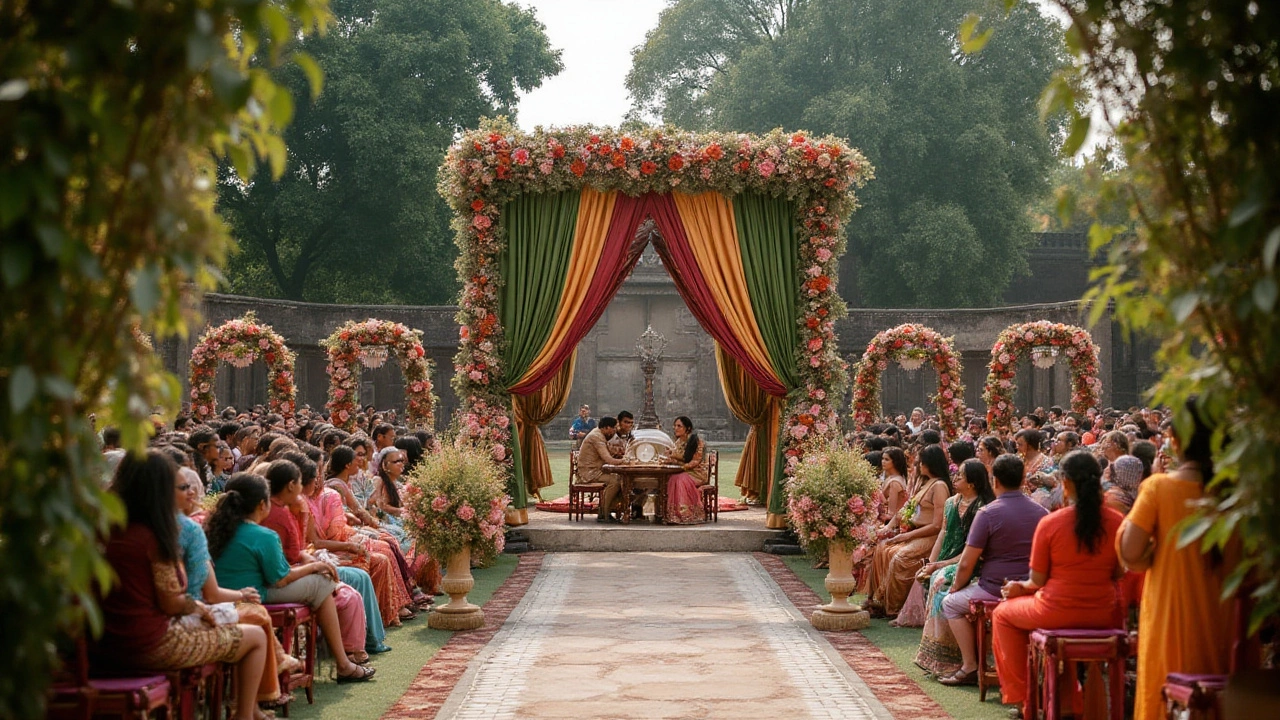
When planning a wedding, the color palette is often one of the most debated topics, with an array of hues available to match every season, style, and love story. However, some colors are often left out of the conversation, barely getting a foot through the door of wedding venues. What makes these colors unpopular, and could they hold unanticipated charm when given a fair chance?
This exploration dives into the reasons why certain colors are avoided and how historical and psychological factors play a role in these preferences. We also offer thoughtful advice for those bold enough to go against the grain and embrace these underappreciated shades, providing opportunities for personal expression and memorable impact.
- Understanding the Unpopularity
- Historical Influence on Wedding Colors
- Psychology of Unpopular Colors
- Incorporating Unique Hues
- Finding Your Personal Palette
Understanding the Unpopularity
Colors play a fundamental role in our lives, deeply influencing emotions and environment, especially in the context of a wedding. Yet, despite the spectrum's bounty, certain hues are curiously less popular in the nuptial scene. To comprehend why specific colors are often overlooked, one must delve into societal preferences, trends, and even cultural biases. A color's popularity in wedding themes can be influenced by fashion forecasts, where colors might either emerge with great fervor or fade unnoticed based on seasonal trends predicted by influential fashion houses.
Traditionally, white is hailed as the wedding staple, synonymous with purity and elegance, which leaves less room for more unconventional choices. Before diving into the mechanics that stigmatize some colors in wedding decorations, consider how trends in broader cultural contexts shape these preferences. For instance, Pantone's Color of the Year greatly impacts what couples might gravitate towards. When a particular color doesn't make it to this list or any other leading trendsetters' briefs, it inadvertently becomes less popular despite its potential to charm under different circumstances.
"Understanding color popularity requires us to acknowledge how societal norms and even psychological associations play a part in what we deem 'appropriate' for weddings," says color psychologist Dr. Theresa Greenfield. "Often, colors tied to moods or concepts we avoid, like grey or brown which people might associate with gloom or monotony, receive less attention, regardless of their aesthetic appeal when used creatively."
Beyond trends, psychological implications wield an expansive influence over wedding color choices. Bright and bold colors might hint at sociability and creativity, but they may simultaneously evoke unwanted emotions depending on their intensity or shade. A wedding's color palette aims to cultivate warmth and joy, both for the couple and their guests. As such, they've often opted for safer tones like pastels, neutrals, or tranquil blues, steering clear of colors linked with contradicting emotions.
In some cultures, colors carry inherent meanings that can sway decisions on incorporating them into wedding motifs. For example, while red is a beloved hue in many Asian weddings symbolizing luck and prosperity, it's less prevalent in Western ceremonies where it skews more towards passionate or aggressive connotations. Interestingly, cross-cultural shifts are slowly unraveling some of these preconceived notions, giving previously unpopular wedding colors a new lease of life. Attitudes towards colors evolve alongside society itself, creating opportunities for unique color schemes to emerge amidst the tried and tested.
Historical Influence on Wedding Colors
As couples embark on their wedding planning journey, the selection of colors plays an integral role in setting the mood and theme. Historically, wedding colors have been influenced by culture, society, and even economics, which have all conspired to create a landscape where some hues become very trendy while others fade into obscurity. For instance, the white wedding dress popularized by Queen Victoria's nuptials sparked a color revolution, associating white with purity and new beginnings, thus making it a staple in Western weddings. As a result, many bright and bold colors were sidelined, considered less traditional and therefore less popular.
Interestingly, the prevalence of certain wedding colors throughout history also has much to do with availability and symbolism. In earlier times, the dyes used in fabrics were sourced from natural resources, which could limit the palette to earthy tones. As trade routes expanded, so did the diversity of colors, allowing more adventurous brides to explore unusual choices, even leading to the establishment of certain colors as luxury staples. However, despite their potential, unpopular wedding colors often struggled to compete with pastels and classical shades—symbolizing serenity and elegance—that have remained favored for centuries. This intricate interplay of tradition and availability demonstrates why some couples still hesitate to explore the full spectrum of possibilities.
"The history of color in weddings is as rich and diverse as the many cultures across the world," says renowned wedding historian Sarah Marshall. "While trends come and go, the emotional connection and societal influences these colors carry can have enduring impacts on modern preferences."
Another layer in this historical fabric is rooted in societal changes. During the 20th century, each decade had its defining trends, heavily influenced by media and celebrities. The opulent gold and burgundy colors of the Edwardian era defined lavish celebrations, while the swinging 60s and 70s embraced more vibrant and diverse palettes to match the era's rebellious spirit. Yet, as decades passed, some colors like mustard yellow or avocado green, despite their cultural significance, found themselves labeled as 'dated' and consequently became unique wedding ideas for couples seeking to defy mainstream choices. Today, we see a periodic resurgence of these hues as nostalgia brings them back into the fold, offering an alternative yet historically connected celebration option.
In recent times, there has been a growing interest in revisiting these once-overlooked shades. As society embraces diversity and sustainability, many couples look back at the evolution of wedding color trends for inspiration, recognizing that these seemingly “unpopular” choices can add depth and personal significance to their special day. The history of wedding colors, thus, reminds us that the past offers not just a mirror of societal norms but also a rich tapestry of possibilities for those willing to embrace the unconventional.
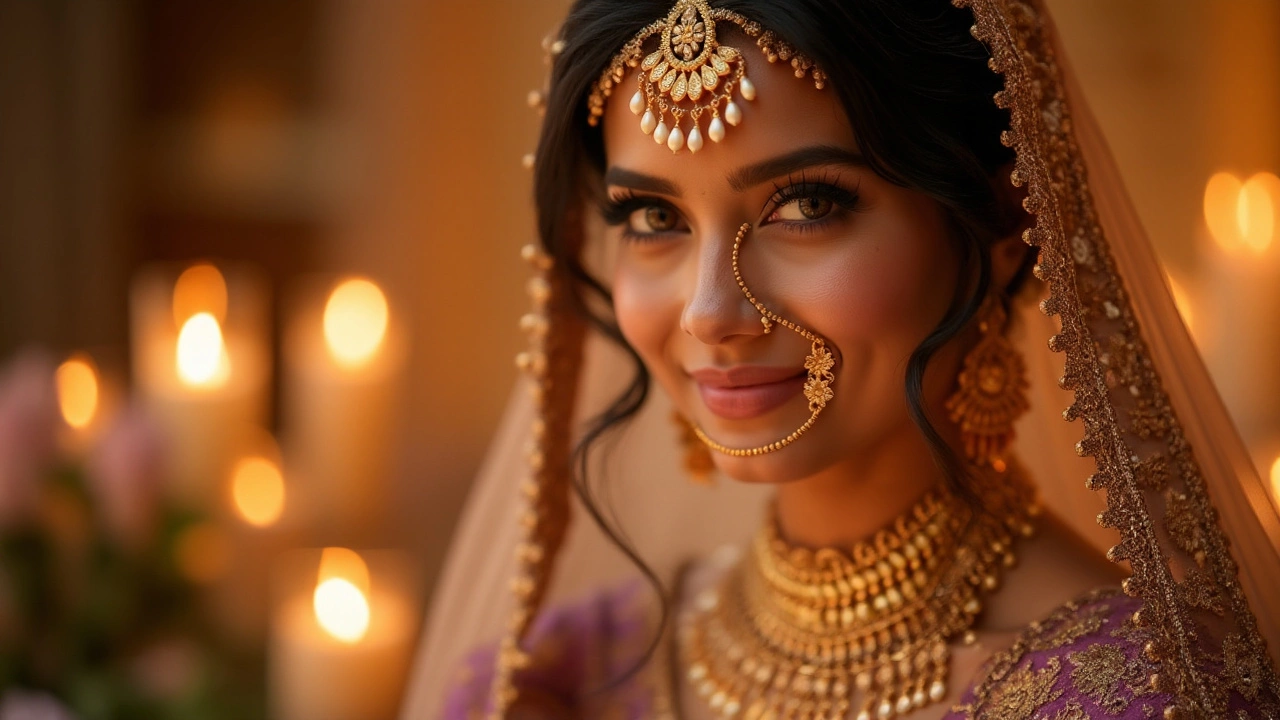
Psychology of Unpopular Colors
Colors hold significant power in evoking emotions, setting the mood, and influencing our perceptions, a fact that makes the choice of wedding colors not just an aesthetic decision but a psychological one. Unpopular shades like olive green, mustard yellow, or even subtle lavenders often stir varying feelings. For instance, olive green can be seen as dull or drab, sometimes symbolizing decay rather than growth or harmony. Despite its associations with nature and tranquility, the murkiness of olive green can overshadow its potential for warmth and earthiness, leading couples to shy away from it.
Mustard yellow carries its own baggage, often perceived as old-fashioned or overly bright. It conjures images of the 1970s, a time when this bold hue was a favorite, yet its sunny disposition can border on overbearing when used in excess, triggering caution among planners. Nevertheless, with the right balance, these colors can evoke feelings of nostalgia and comfort, creating a unique and vibrant environment. The key lies in pairing such colors with complementary tones that enhance rather than overwhelm.
The Psychological Response to Color
Understanding how we respond to colors can illuminate why some hues remain unpopular. Individuals often exhibit instincts based on past experiences or societal trends, subconsciously associating colors with specific events or emotions. Dark colors might evoke thoughts of solemnity or seriousness, while brighter tones radiate energy and cheerfulness. The fear that guests may misinterpret the intended atmosphere often deters couples from experimenting with these unusual palettes. Yet, the simple act of incorporating these colors strategically can dramatically alter perceptions, challenging preconceived notions and creating a memorable ambiance.
Research and Historical Impact
Historical trends also shape our sentiment towards specific colors. Victorian weddings, for instance, popularized the pastel palette we see prevalent today, while royal blue and emerald green were symbols of wealth and luxury. Sociological studies have highlighted how cultural events influence color preferences over decades. As Professor Eva Heller noted in her book "The Psychology of Color," blue is often seen as the favorite color worldwide, associated with trust and calmness. Contrast that with brown, a color often overlooked, linked to utility and lackluster surroundings. Yet even brown can exude an unexpected warmth, as seen in rustic-themed weddings that capitalize on its earthy appeal.
"Color is a power which directly influences the soul." – Wassily Kandinsky
While not every couple will choose to defy tradition and opt for uncharted colors, the allure of creating something uniquely personal is a compelling reason to consider them. Innovative use of colors can lead to unforgettable experiences, turning unpopular choices into celebrated ones. Incorporating hues like olive green or mustard yellow may not just challenge convention but reinvent it, lending a distinct flair to modern weddings.
Incorporating Unique Hues
When it comes to infusing unique wedding ideas with unpopular wedding colors, creativity knows no bounds. Drawing attention to less common shades can add a fresh and unexpected ambiance to the celebration. Imagine a wedding by the sea, serenaded by the gentle whispers of the tide, painted in soft lavender mist or deep forest green. These uncommon choices can transform venues into ethereal wonderlands, uniquely memorable for both the couple and their guests, creating a narrative that speaks to individuality and character.
In the world of wedding trends, embracing colors seldom seen can often mean utilizing accents rather than large swathes. Consider table settings adorned with rare hues like muted mustard or vintage teal, offering a retro charm that ties the room together elegantly. This technique can be enhanced by interspersing natural elements such as succulents or seasonal wildflowers that seamlessly weave through the color story. The goal is to evoke an atmosphere that feels intimate and personal, with the wedding colors serving as a reflection of the couple's unique story and personal taste.
For the more daring, the choice to spotlight a bold, unorthodox color in bridesmaid dresses or groom's attire can speak volumes. It’s a beautiful way to add flair and flavor, boldly representing the bride and groom’s shared vision. When done thoughtfully, even colors like burnt sienna or olive green can look utterly chic and refreshing. These colors, often undervalued, may surprise you with their versatility and the depth they can add to a wedding’s aesthetic. "The use of unexpected colors is an act of bravery," notes color expert Dr. Emily Laurent, "because it illustrates how love itself often dances to its own rhythm, unconcerned with conventional expectations."
Incorporating decorations that showcase an unusual palette can also be an opportunity to tell a unique story. Add interest to your ceremony with curated installations, like an arch decorated entirely in hues of charcoal and deep plum—a stark yet beautiful contrast against a white wedding dress. Such choices show confidence and ingenuity, reminding others that a wedding day doesn’t have to be a monotonous affair. Use lighting strategically; soft twinkles with Edison bulbs or lanterns in chosen colors can cast mesmerizing shadows, enhancing the depth and romance of the space.
Couples keen on infusing their weddings with unpopular wedding colors should seek advice from decorators and florists who understand the intricacies of color theory. Professionals can help decide which shades harmonize and how they can be introduced thoughtfully. The right choice can unify the entire theme—from invitations to cake icing, and even to the blooms in vows. A touch of creativity coupled with guidance can provide an endearing palette that transforms a mundane setting into a vibrant statement.
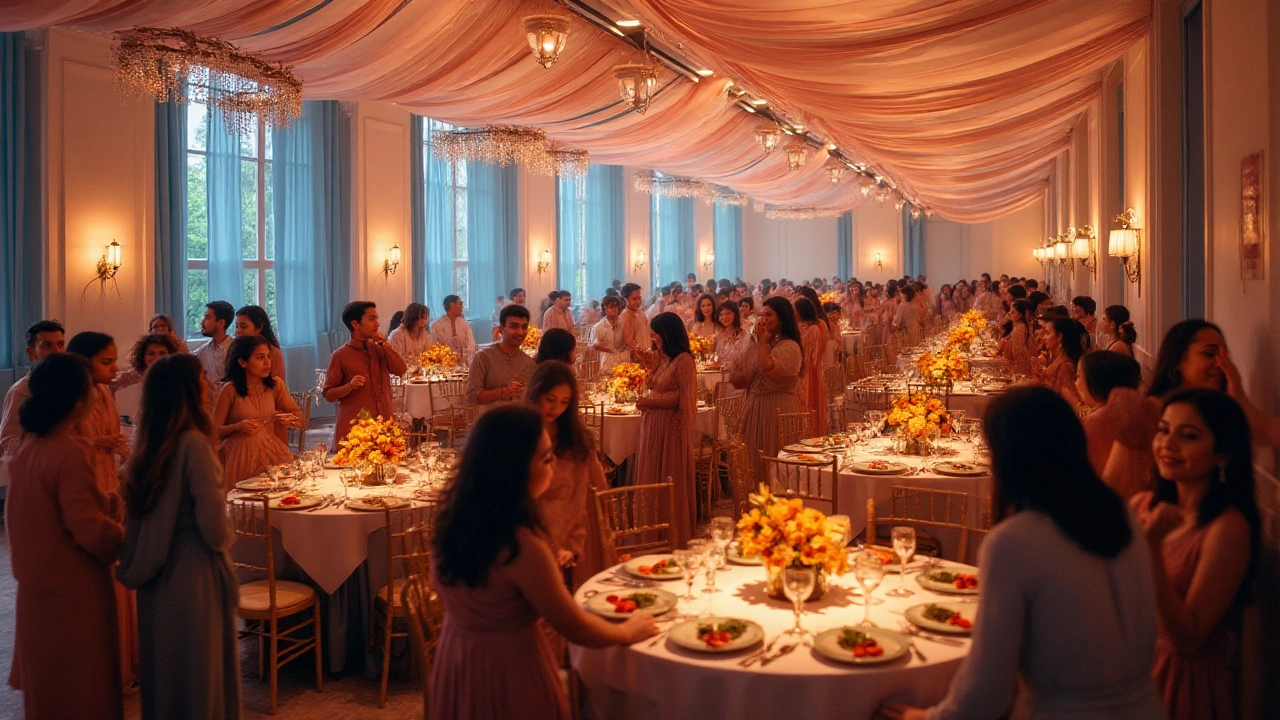
Finding Your Personal Palette
Choosing the perfect color palette for your wedding is not just about adhering to trends or societal expectations; it’s about embracing what truly resonates with you as a couple. Unpopular wedding colors often shy away in the shadows, but for those willing to explore, these shades offer a canvas for creativity and personal expression. To begin, consider aligning your palette with a season. Although pastel pinks and blues dominate springtime, why not opt for an earthy terracotta or mustard yellow that captures the unrefined beauty of nature? This idea may seem bold, but such choices often lead to memorable aesthetic experiences. Consider also your venue. A rustic barn could be the perfect backdrop for hues that echo the golden browns or mossy greens found outdoors, proving that scenery, too, can be an integral part of the color decision.
Personal memories and family heritage can inject meaning into your wedding colors, creating a lineage unique to your relationship. Perhaps your grandmother’s garden had a striking indigo lily or your first date featured the rich tones of a Tuscan sunset. These personal connections can inspire a palette that symbolizes not just another step in life’s journey, but an homage to your roots and shared experiences.
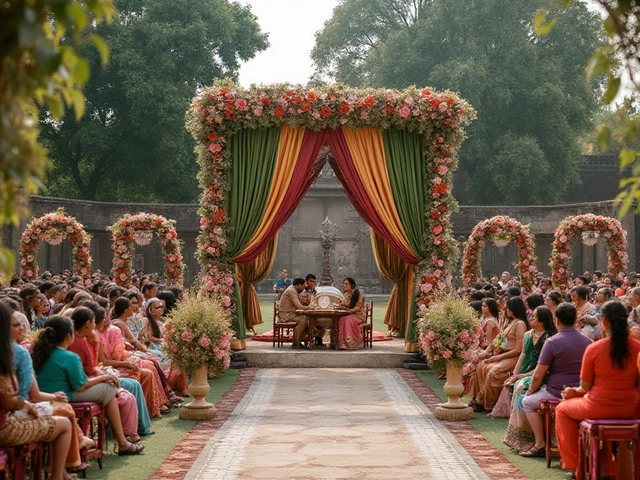
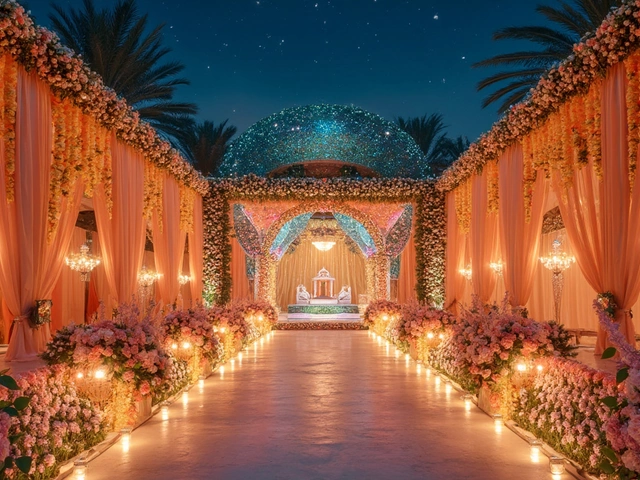
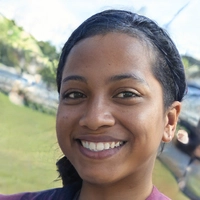
Comments
Post Comment